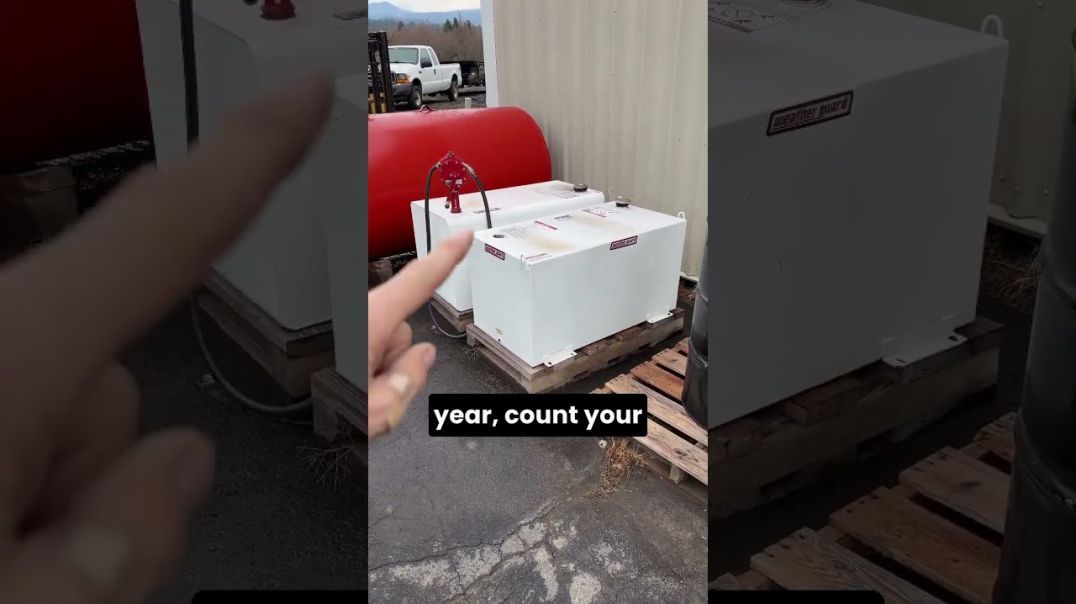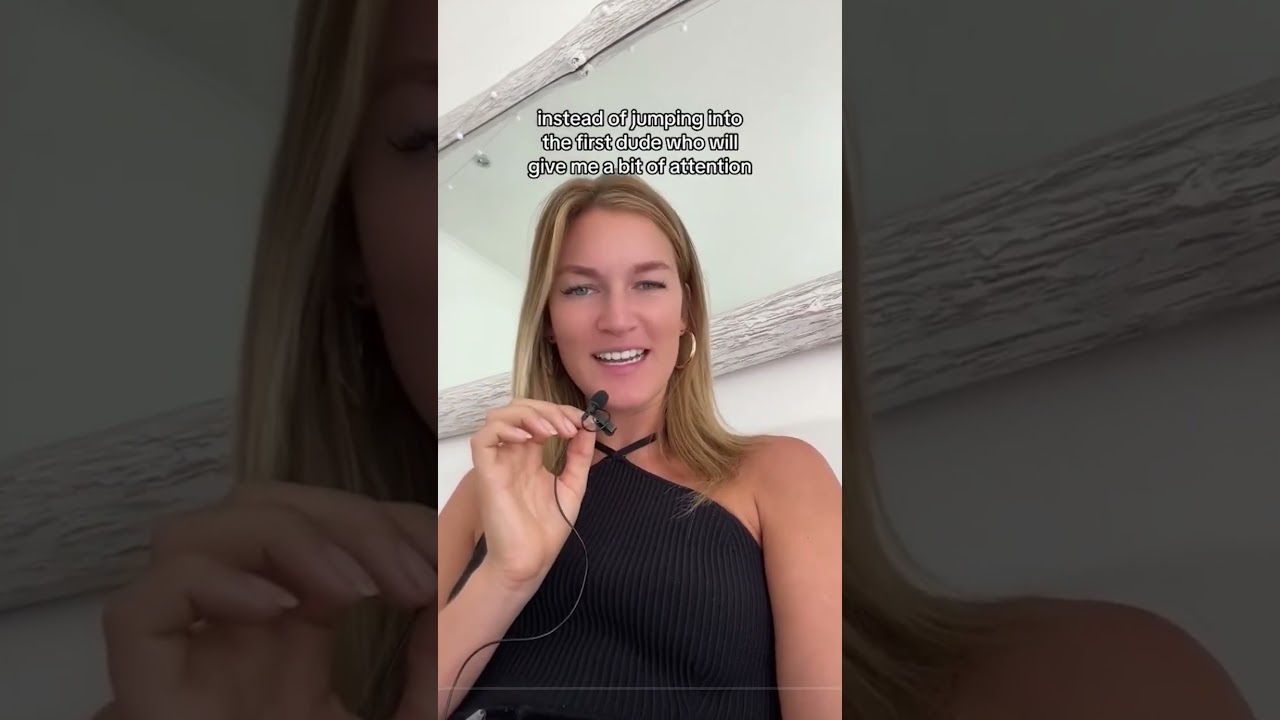Dear Creators, we are proud to announce an amazing affiliate program for you to earn some serious and continual cash. Read about our affiliate progarm here.
Caros criadores, temos o orgulho de anunciar um incrível programa de afiliados para vocês ganharem muito dinheiro de forma contínua. Leia sobre nosso programa de afiliados aqui.
Outsmarting the Giant Hornets: Beekeeper's Innovative Method to Protect Honeybees
In this video, Yuichi, a local beekeeper in Japan, demonstrates how to protect native Japanese honey bees from the attacks of Japanese giant hornets. <br> <br>The hornets are known to target honeybee colonies to steal pupae, larvae, and honey. Yuichi shows a unique method of capturing hornets using a glue sheet for mice. <br> <br>When a hornet gets trapped on the adhesive sheet, it releases pheromones that attract fellow hornets, leading them to also get stuck on the sheet. <br> <br>This technique helps protect Japanese honey bees from these aggressive predators.























SORT BY-
Top Comments
-
Latest comments
1 year ago
Great video thank you very much for this post
1 year ago
1 year ago
It's really late and I cannot be fucked cross referencing and double checking everything - but this appears to be the story in Japan - warm summers and icy cold winters.... Calander Dates / seasons etc...
https://en.wikipedia.org/wiki/Asian_giant_hornet
Colony cycle
The nesting cycle of V. mandarinia is fairly consistent with that of other eusocial insects. Six phases occur in each cycle.[36]
Pre-nesting period
Inseminated and uninseminated queens enter hibernation following a cycle. They first appear in early to mid-April and begin feeding on the sap of Quercus (oak) trees. Although this timing is consistent among hornets, V. mandarinia dominates the order, receiving preference for premium sap sources. Among the V. mandarinia queens is a dominance hierarchy. The top-ranked queen begins feeding, while the other queens form a circle around her. Once the top queen finishes, the second-highest-ranking queen feeds. This process repeats until the last queen feeds at a poor hour.[36]
Solitary, cooperative, and polyethic periods
Inseminated queens start to search for nesting sites in late April. The uninseminated queens do not search for nests, since their ovaries never fully develop. They continue to feed, but then disappear in early July.
An inseminated queen begins to create relatively small cells in which she raises around 40 small workers. Workers do not begin to work outside of the hive until July. Queens participate in activities outside the hive until mid-July, when they stay inside the nest and allow workers to do extranidal activities. Early August marks a fully developed nest, containing three combs holding 500 cells and 100 workers. After mid-September, no more eggs are laid and the focus shifts to caring for larvae. The queens die in late October.[36]
Dissolution and hibernating period
Males and new queens take on their responsibilities in mid-September and mid-October, respectively. During this time, their body color becomes intense and the weights of the queens increase about 20%. Once the males and queens leave the nest, they do not return. In V. mandarinia, males wait outside the nest entrance until the queens emerge, when males intercept them in midair, bring them to the ground, and copulate from 8 to 45 seconds. After this episode, the males return to the entrance for a second chance, while the now-mated queens leave to hibernate. Many queens (up to 65%) attempt to fight off the males and leave unfertilized,[37] at least temporarily. After this episode, pre-hibernating queens are found in moist, subterranean habitats.
When sexed individuals emerge, workers shift their focus from protein and animal foods to carbohydrates. The last sexed individuals to emerge may die of starvation.[36]
~~~~~~~~~~~~~~~~~~~~~~~~~~~~~~~~~~~
So there is a balance between the nests dying off in winter with only the hibernating queens surviving.... and the eggs hatching and new wasps forming and then there is the spring, summer and autumn, AND in that time (as per wikipedia) the nests tend to be around 100 workers, and given there is competition between the wasps and everything else for all the other food, and between the wasp nests themselves for the same resources in their area, it would stand to reason that if the weather was going to be NICE and WARM and the air just a gentle breeze, that if a few wasps were wacked with a few glue traps, and the traps were left on top of the bee hives***, and you could get 40 or 50 to 100 or 200 wasps in 3 or 4 days, every 4 to 6 weeks, you could effectively or more or less kind of shut down most of the wasps nests in the local area.
I suppose leaving the traps under some kind of shelter from dew and rain, and the prevailing winds etc., would be a smarter option as they could be left out and changed every week or when they filled up enough, and I am not sure of the effects of dampness, humidity and wetness on the actual glue it's self....
A solid heavy box laid side on, with the opening laid facing down wind would be the go.....
That stuck on the top of the hives would do the trick.
1 year ago
cool stuff. I wonder how ancient Japan dealt with them.
1 year ago
1 year ago
1 year ago
Interesting.
1 year ago